Project Background
Culture and entertainment districts are geographic areas that have a concentration of arts-, culture- and performance-oriented venues and businesses. In cities across the United States:
- Culture and entertainment districts are typically curated and managed by one or more organizations based on local goals and unique characteristics, often with coordinated special events and programming.
- Restaurants, shops and other businesses are typically secondary amenities patronized by cultural visitors.
- Outdoor performance spaces are often present.
- District activity and atmosphere is often different during daytime and nighttime hours.
- Economic success is dependent on a critical mass of multiple, synergistic uses that attract visitors.
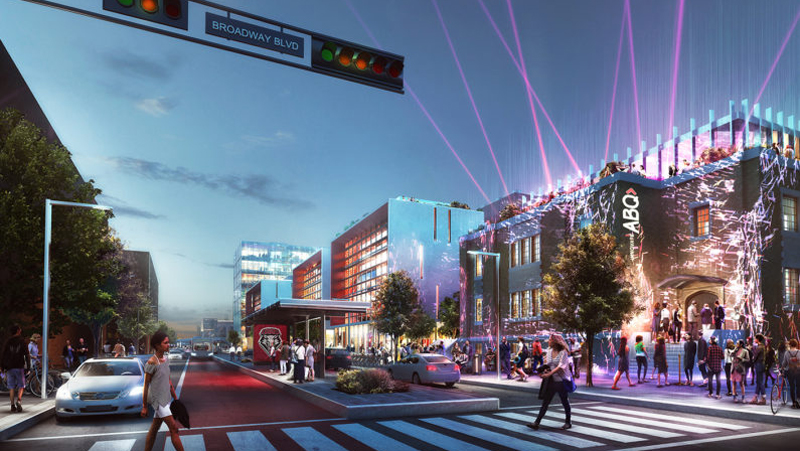



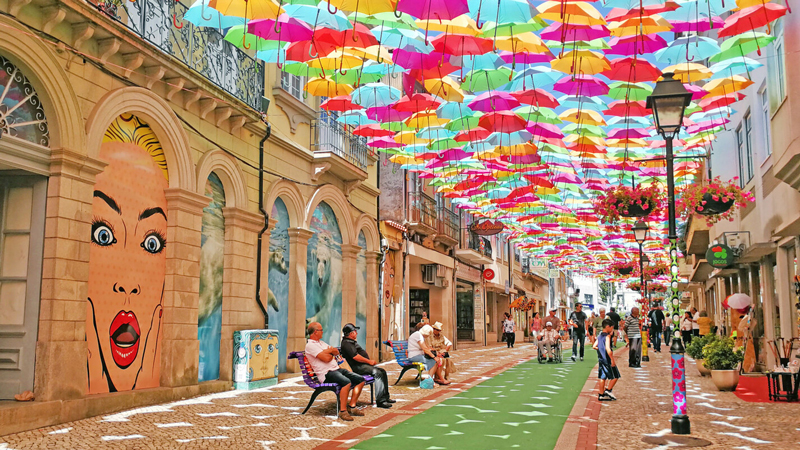
.jpg)
Culture and Entertainment
The Stony Island corridor touches more than 15 neighborhoods between Hyde Park and South Deering, with the section between 63rd and 79th streets having the most potential for successful arts and culture related development due to the proximity to other community assets, job centers, destination points, transportation resources, and other factors.
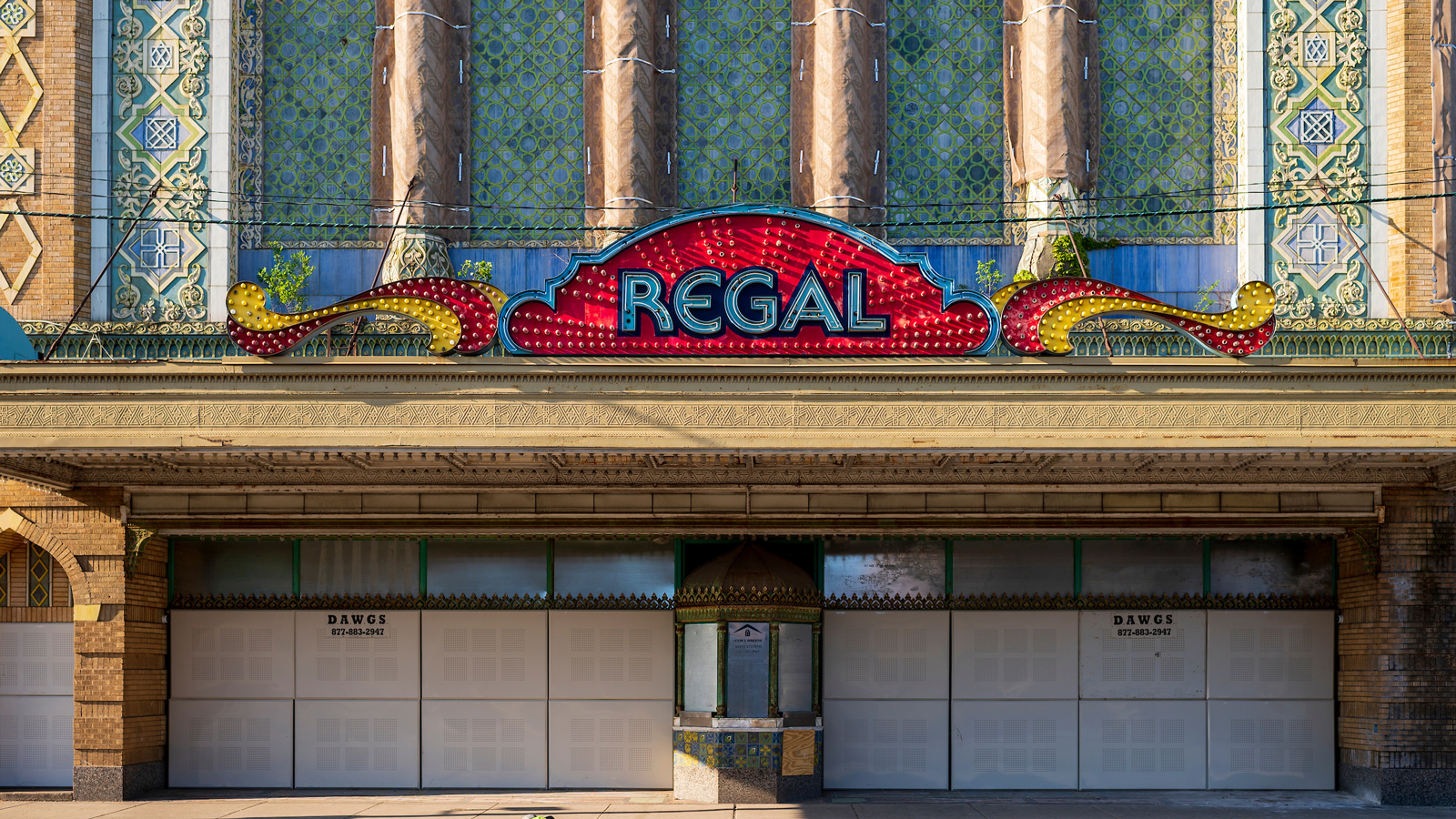

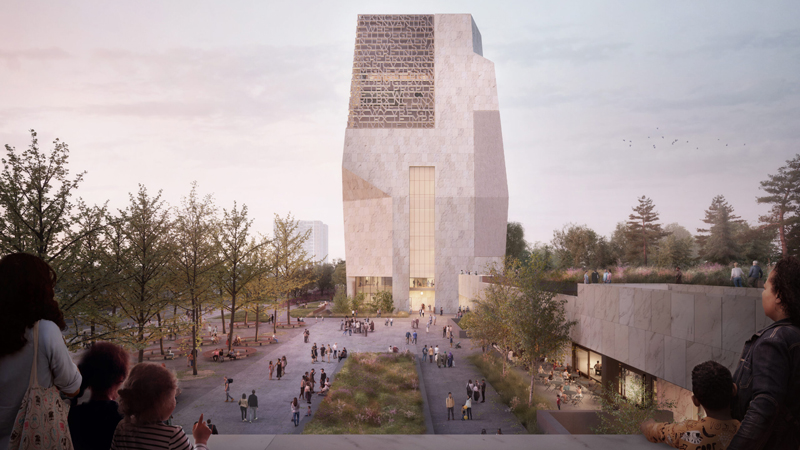
Public Realm
Culture and entertainment districts are significantly influenced by the design and character of public spaces shared by individual destinations and venues. The planning process for Stony Island will in part address the Stony Island right-of-way itself, which has eight travels lanes used on average by 32,000 vehicles per day. Given the roadway’s extensive width and varying sidewalk sizes, the street is general challenging for pedestrians to navigate with current traffic control devices.


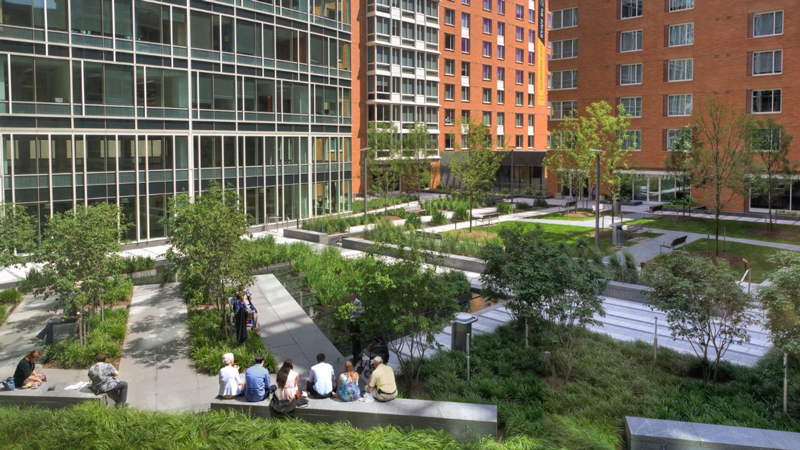
Public participation in the Stony Island planning process will contribute to feasibility assessments and potential next steps that would likely include the need for additional study, design considerations, financial implications, additional community engagement, and planning among multiple City agencies and potential private partners.
Future Stony Island planning will incorporate recent area planning and public engagement work, including the “LISC Quality of Life Plan,” “South Shore Corridor Study,” and “Woodlawn Plan Consolidation Report.”
